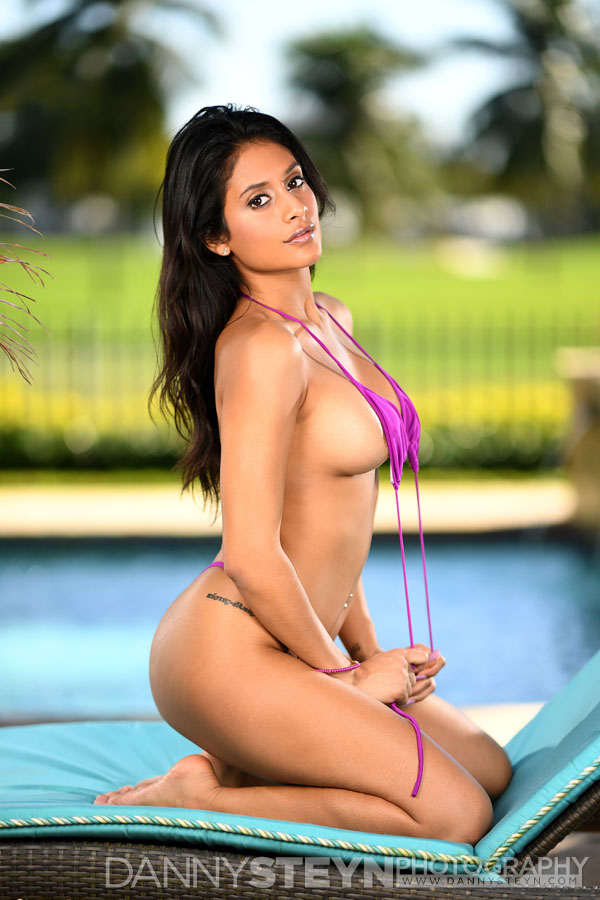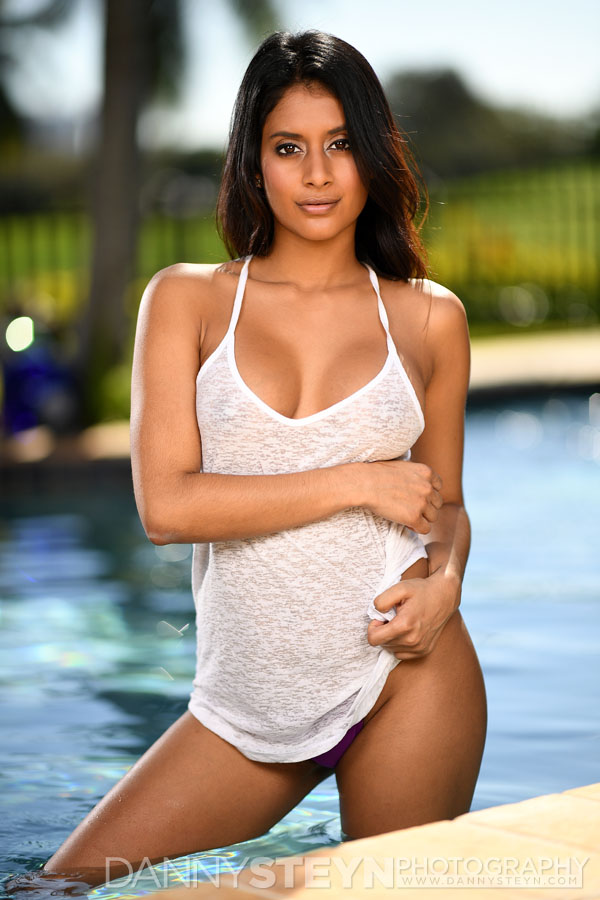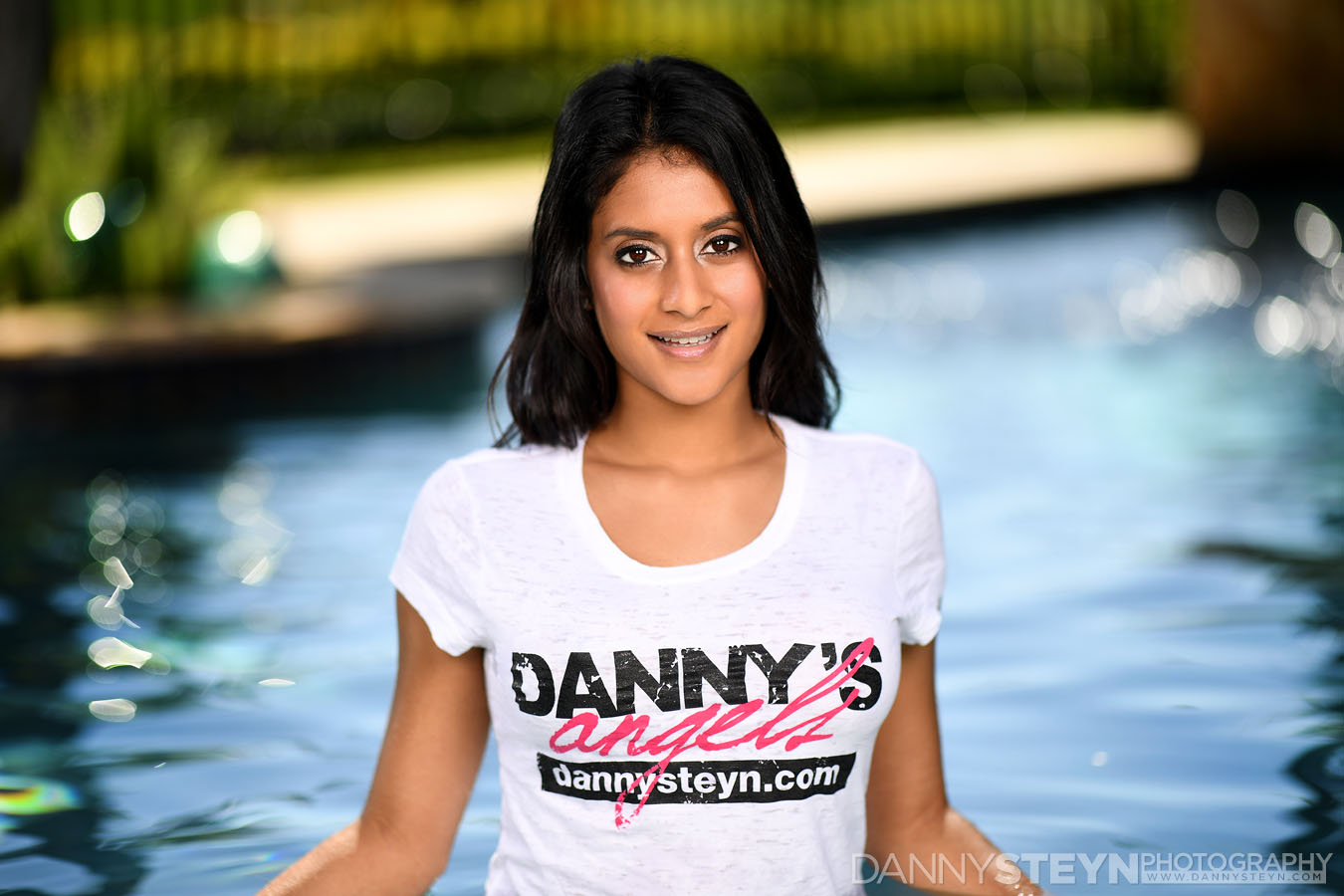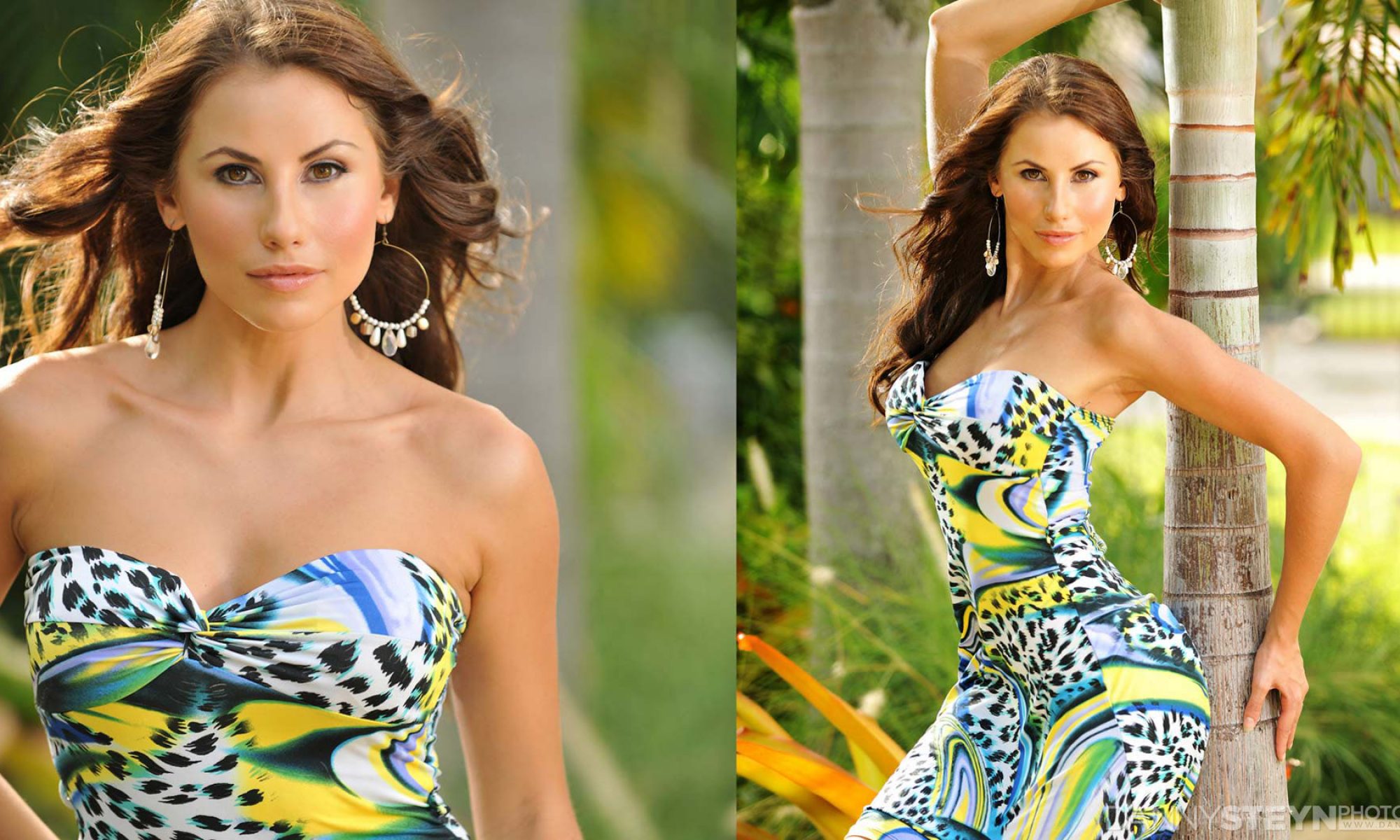I have been trying to perfect High Speed Sync on my Nikon Cameras for over 5 years. For me the ability to shoot in full sunlight at wide open apertures (f2.8 or faster) with strobe illuminating the model, has been the Holy Grail.
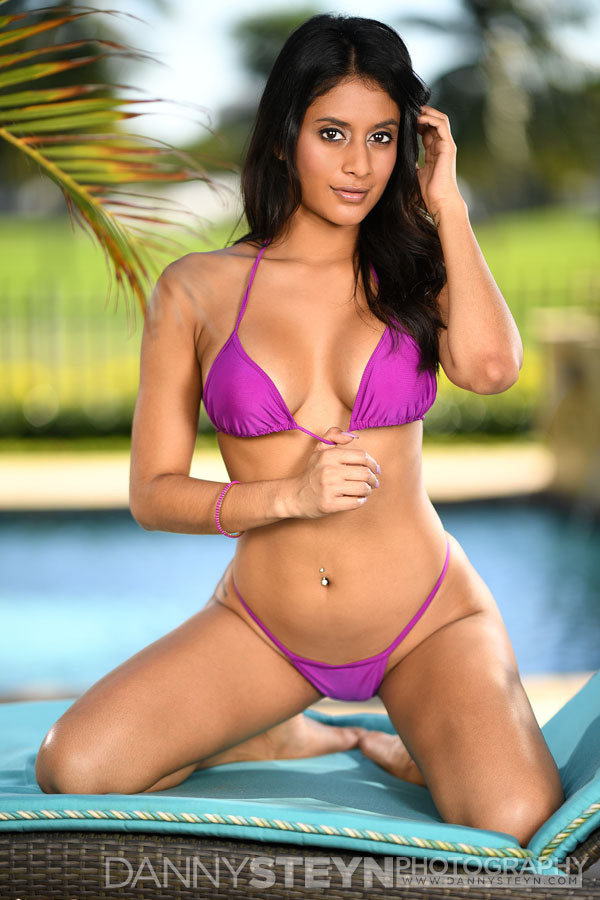
Shooting a model outdoors at wide open apertures in full sunlight has always been possible with a reflector, but as any photographer will tell you, you have to factor in the model’s eye sensitivity to the reflected light as often she would have a frown cross her brow as she tried to deal with the bright light reflected into her face, even if you had her close her eyes and only open them for a milli-second. And of course trying to get the right rhythm and flow with a model opening a closing her eyes on command leaves a lot to be desired.
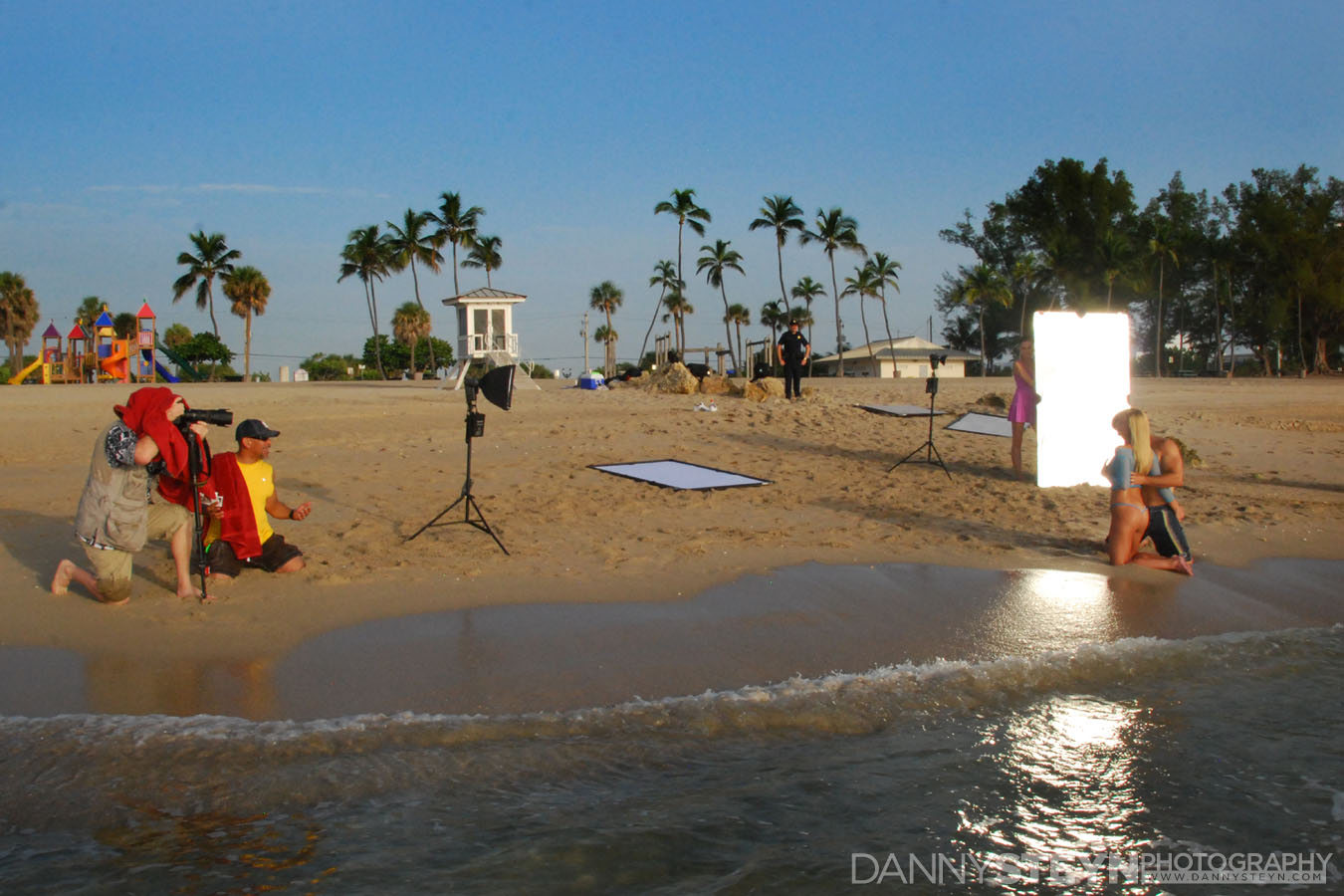
But the problem with all DSLR camera’s is their maximum flash sync speed is limited to around 1/250th of a second, which means that if you are shooting outdoors in bright sunlight at ISO 100, and 1/250th of a second, you are typically shooting at and aperture of around f5.6 to f8, which increases depth of field, and diminishes attractive bokeh highlights. Models then merge into the background unless you are using very long focal length lenses. Shooting with flash at shutterspeed above the camera’s synch speed yields the dreaded black band across the image.
I first became aware of High Speed Sync, or rather Hyper Sync, with sports photographers freezing skiers, skateboarders and motocrossers in midflight, illuminated by flash, and so I set about my journey to figure it all out.
Hyper Sync relied on timing the maximum burst of a larger studio strobe to coincide with the shutter slit opening, and this provided more illuminating power than High Speed Sync (HSS) which relied on the strobe firing thousands of consecutive low power flashes to provide essentially continuous light.
With a lot of trial and error I was able to develop a workflow using Pocket Wizards transmitters triggering either Nikon Speedlights or Alienbees Monolights. However the consistency of results was never repeatable.

With Hyper Sync I would get stunning, clean un-banded exposures at 1/2000th of a second using my approach, but if you click on the image above and view full size you will see the dreaded banding start to make its presence felt at shutter speeds over 1/2,000ths of a second. But at 1/2,000th of a second it would yield stunning shots, just like in the image of Emily below, but the consistency of exposure was not perfect.
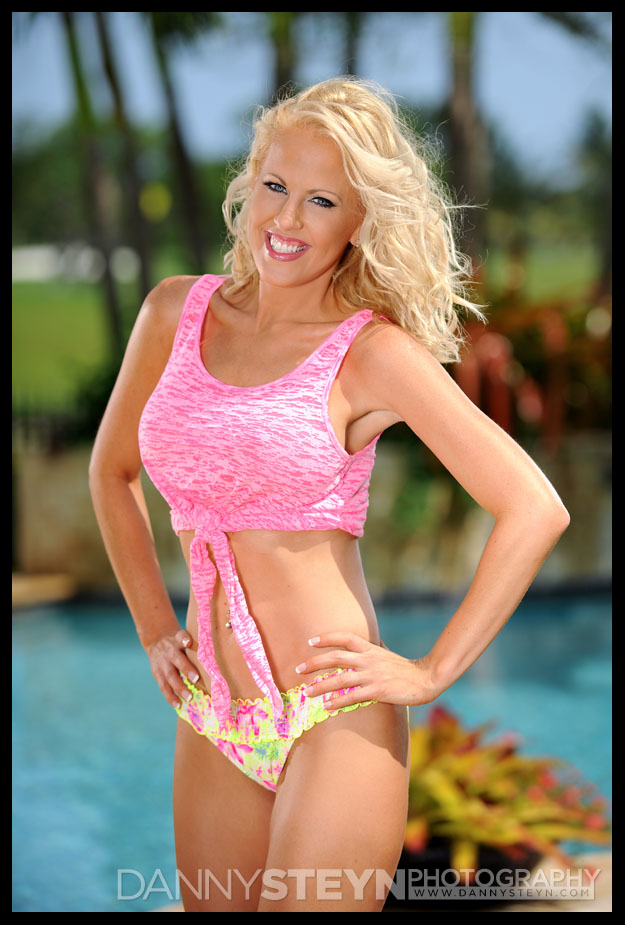
Even keeping, ISO, shutterspeed and aperture constant, and with NO changes to power levels or light-to-model distance, consecutive images could have more than a stop of exposure variance and I could never trust Hyper Sync for my commercial client shoots, so it was relegated to my personal work and experimentation, which I love.
You can read about my early trials with HyperSync and HSS here .
A few years ago I bought Profoto B1’s, B2’s, D1’s, and more recently D2’s. Even with the built in High Speed Sync (HSS) capability, image to image exposure variances were not consistent enough to trust. But with the latest Profoto software update released in January of 2017, things have really improved.
The HSS shots of Jisel in this article were taken around 10 am in FULL bright sunlight hitting the back of the model. There are no shade cloth’s, no scrims keeping the direct sunlight off her. The sunlight is falling on the model’s back. And because the sunlight is hitting her back, and because she has no reflected light shining in her face, her eyes are relaxed, there is no frown, and her pupils are normally dilated.
These images were shot with my Nikon D5 set at 100ISO, using the wonderful new Nikon 105mm F1.4 lens, shooting fully wide open. To get the right ambient light exposure in the background at F1.4, I varied the shutter speed between 1/2,000th and 1/5,000th of a second, and of course without strobe the model is a complete silhouette as you can see in the image below.
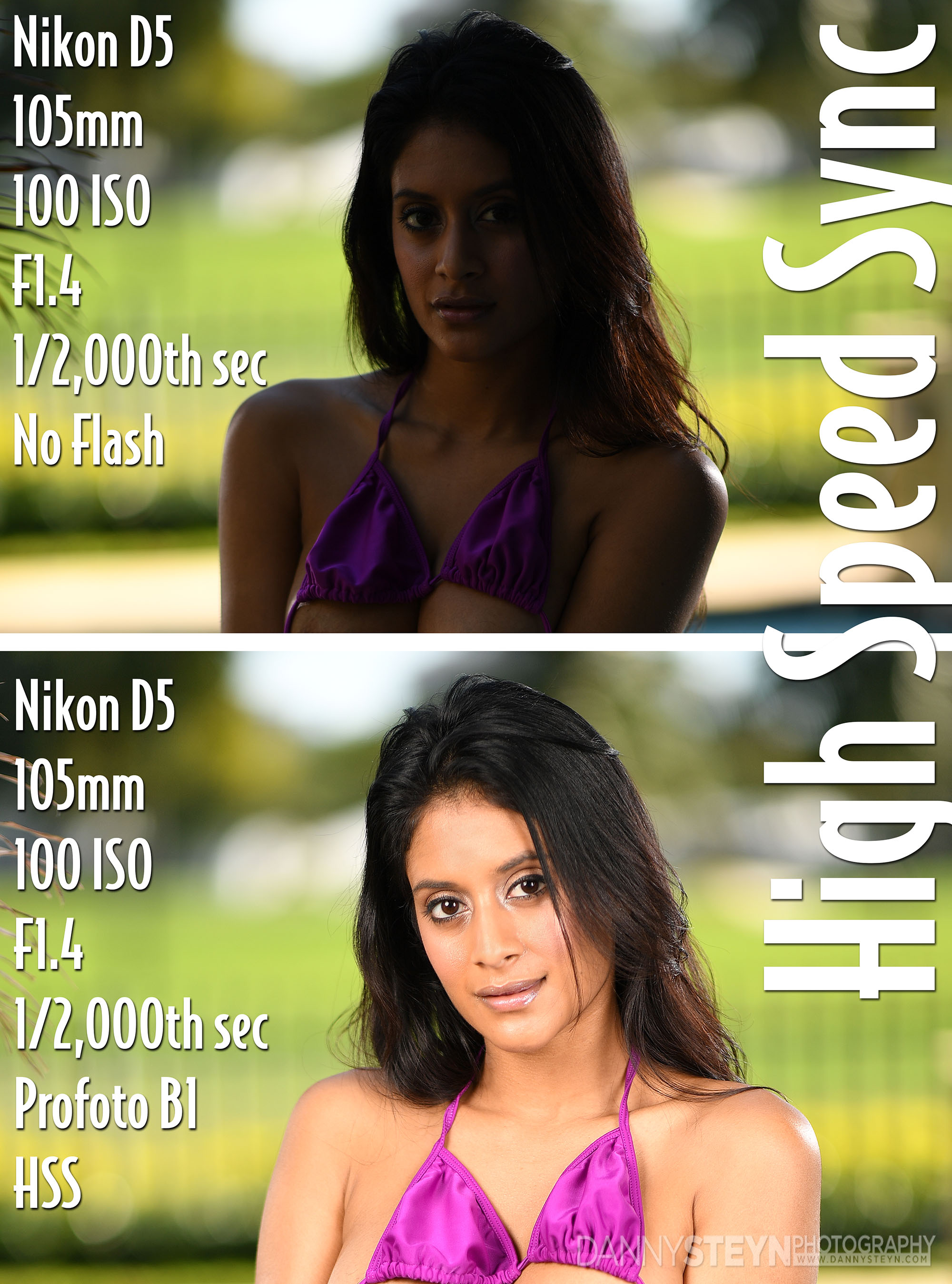
Then I added two Profoto B1’s equipped with 5ft Octobox’s to provide the fill light and balanced it in manual mode (almost at full power) with the lights mounted less than 8ft from the model (any distance greater than that and the reduced power obtained in High Speed Sync mode will not provide enough illumination). Once I found the satisfactory power and distance-to-model settings, I was able to shoot around 70 images, all with perfect consecutive image to image exposure, with no discernible variation.
One further note:- Since the Profoto flash units will need to be near their maximum power output in manual mode to support HSS, you will burn through batteries very quickly, so make sure you have adequate batteries being charged as you are shooting. Also make sure that the flash capacitors have fully recharged before taking the next shot. I highly recommend setting your Profoto lights to give the audible ready-beep, because when shooting in bright light, your in-camera flash-ready light might not be adequately visible.
I hope you enjoy the images, as well as the new frontier in glamour photography that this ushers in.
